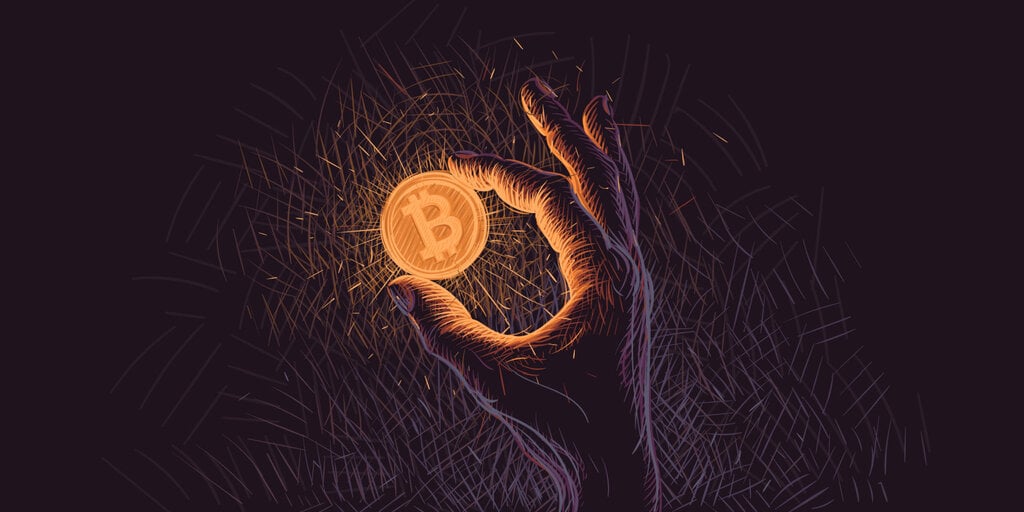
Bitcoin Network Faces Congestion as Fees Soar: What’s Behind It?
Bitcoin’s network is no stranger to long lines of unconfirmed transactions and skyrocketing fees. Recently, the network has been experiencing another bout of congestion, according to Bitcoin on-chain analyst Willy Woo. He noted that the mempool, which is the waiting room for transactions to be confirmed, is currently at its highest point since data was recorded. This congestion has sparked concerns in the crypto community and raised questions about the scalability of the Bitcoin network.
One of the main reasons behind this congestion is the increasing demand for blockspace due to inscriptions. Inscriptions are popularized by Bitcoin Ordinals and function similarly to non-fungible tokens (NFTs), allowing users to “inscribe” images, texts, or audio onto the blockchain. James Check, lead analyst for Glassnode, explained that these inscriptions account for 50-60% of confirmed transactions and contribute to the bloated mempool. While fees are not as high as during the Ordinal craze in May, the network has been struggling to clear the mempool ever since.
At the time of writing, there are approximately 393,000 unconfirmed Bitcoin transactions, indicating the extent of the congestion. Check further elaborated that inscriptions provide baseload pressure, filling the void left by empty blockspace. These transactions are sensitive to high fees but are willing to buy cheap blockspace. Consequently, the increased popularity of inscriptions has led to more transactions and higher fees, which is viewed as positive news by some Bitcoin proponents.
Woo, who is currently paying $7.50 to move BTC, welcomes high transaction fees. He believes that one day the network subsidy will run out, and Bitcoin will be secured solely on the fee market. This alludes to the ongoing debate surrounding Bitcoin’s security budget. He also mentioned that the Lightning Network, a Layer-2 scaling solution, will need to step up. However, at current high fees, it may not be viable for smaller transactions, compromising its decentralization and security for everyday payments.
While developers have made significant improvements in the efficiency of the blockchain since the congestion experienced in 2017, it remains uncertain how long the current congestion will last. Woo expressed caution, highlighting that inscriptions emerged during the previous bear market, and fees are already at $7.50. He poses the question of what will happen during the bull market. Furthermore, he predicts that as the load on the Lightning Network increases, payment frauds may also become more prevalent.
The situation raises concerns about the scalability and future of the Bitcoin network. While congestion and high fees can be viewed as signs of increasing demand and adoption, they also highlight the need for further solutions to ensure the network’s efficiency and accessibility. As the crypto community navigates these challenges, it is crucial to stay informed and updated on the latest developments in the Bitcoin ecosystem.






